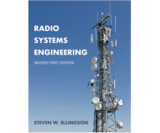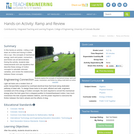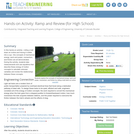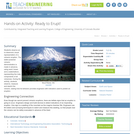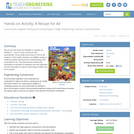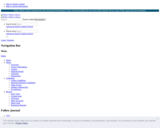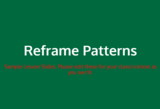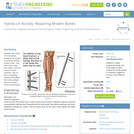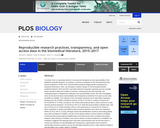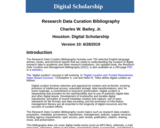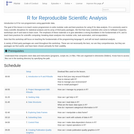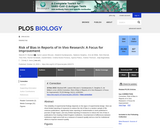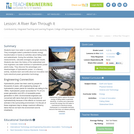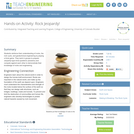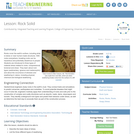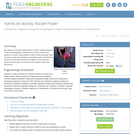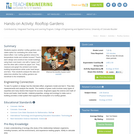
Introducing public health ethics poses two special challenges. First, it is a relatively new field that combines public health and practical ethics. Its unfamiliarity requires considerable explanation, yet its scope and emergent qualities make delineation difficult. Moreover, while the early development of public health ethics occurred in a western context, its reach, like public health itself, has become global. A second challenge, then, is to articulate an approach specific enough to provide clear guidance yet sufficiently flexible and encompassing to adapt to global contexts. Broadly speaking, public health ethics helps guide practical decisions affecting population or community health based on scientific evidence and in accordance with accepted values and standards of right and wrong. In these ways, public health ethics builds on its parent disciplines of public health and ethics. This dual inheritance plays out in the definition the U.S. Centers for Disease Control and Prevention (CDC) offers of public health ethics: “A systematic process to clarify, prioritize, and justify possible courses of public health action based on ethical principles, values and beliefs of stakeholders, and scientific and other information” (CDC 2011). Public health ethics shares with other fields of practical and professional ethics both the general theories of ethics and a common store of ethical principles, values, and beliefs. It differs from these other fields largely in the nature of challenges that public health officials typically encounter and in the ethical frameworks it employs to address these challenges. Frameworks provide methodical approaches or procedures that tailor general ethical theories, principles, values, and beliefs to the specific ethical challenges that arise in a particular field. Although no framework is definitive, many are useful, and some are especially effective in particular contexts. This chapter will conclude by setting forth a straightforward, stepwise ethics framework that provides a tool for analyzing the cases in this volume and, more importantly, one that public health practitioners have found useful in a range of contexts. For a public health practitioner, knowing how to employ an ethics framework to address a range of ethical challenges in public health—a know-how that depends on practice—is the ultimate take-home message.
- Subject:
- Applied Science
- Health, Medicine and Nursing
- Material Type:
- Textbook
- Author:
- Andreas Reis
- Angus Dawson
- Carla Saenz
- Drue H. Barrett
- Gail Bolan
- Leonard W. Ortmann
- Date Added:
- 01/01/2016

